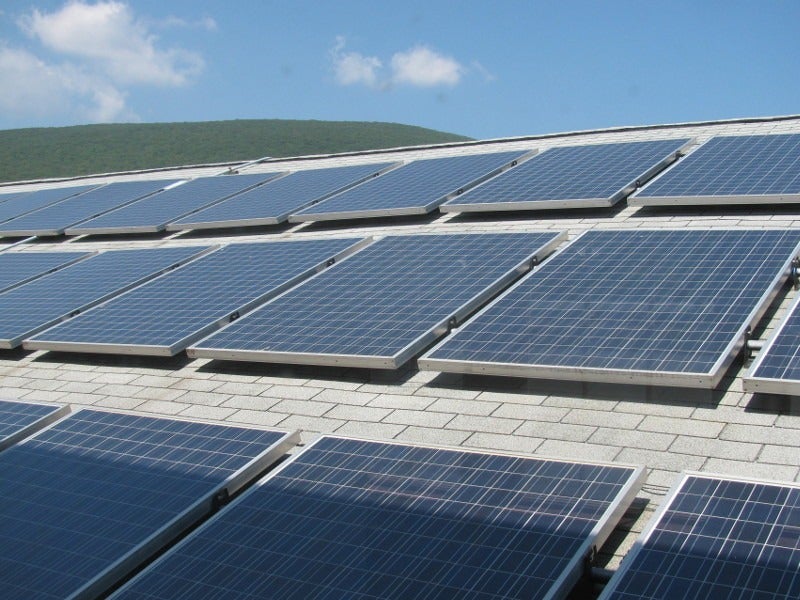The 300MW Badger Hollow solar farm project is a photovoltaic (PV) solar power plant being developed in western Iowa County, Wisconsin, US. It will be the biggest solar farm planned on a cropland in the country as well as the largest project in the Midwest.
The project is being developed by a joint venture (JV) of Invenergy and two Wisconsin utilities including Madison Gas & Electric and Wisconsin Public Service Corporation, a subsidiary of the WEC Energy Group.
Invenergy will develop, own and operate the solar farm on behalf of the JV through its affiliate, Badger Hollow Solar Farm.
The affiliate submitted an application to the Public Service Commission of Wisconsin for a Certificate of Public Convenience and Necessity (CPCN) for the construction of the project in June 2018.
Construction is set to commence in 2019, following receipt of approval, and will be completed by 2020. The solar power project will power up to 77,100 homes when fully operational and offset 37,000 tonnes of carbon dioxide emissions a year.
Badger Hollow solar farm location
The solar farm will be developed adjacent to the villages of Montfort and Cobb, in 1,100 acres of land. The site extends north of U.S. Highway 18, with the entire project being east of State Highway 80.
The proposed project boundary will collectively encompass Mifflin, Eden, and Linden townships and a small area at the south end of the village of Cobb.
The solar farm is planned to be built on prime agricultural lands covering 3,500 acres. The entire project area will cover approximately 5.5 square miles, dividing the area’s farming community.
The farming lands will be leased to Invenergy from several local farmers between the villages of Cobb and Montfort, approximately 60 miles (95.5km) west of Madison.
Badger Hollow solar farm make-up
The Badger Hollow solar farm is proposed to be installed with between 900,000 and 1.2 million solar PV modules rated between 335W and 445W DC. The dimensions of the panels under consideration range from 3.3ftx6.4ft to 4.0ftx6.9ft for a typical mono or poly-crystalline module.
The solar modules will be mounted to a horizontal single-axis tracking system with the panel arrays arranged in north-south oriented rows. An electric drive motor will rotate the horizontally mounted solar modules from east to west to follow the sun throughout the day.
The project will be divided into 3MW blocks comprising 140 tracker rows, which will track the sun from 60° east to 60° west.
Power transmission details
The electricity generated by the solar modules will be sent to centrally located inverters and transformers, which will convert the DC power into AC power with a 34.5kV voltage. A new substation equipped with two 105/140/175MVA transformers will be installed to step-up the voltage to 138kV.
The project site is located near an existing interconnection point. A new 138kV transmission line will be constructed to the point of interconnection.
Wisconsin Public Service Corporation will own 33% of the share or 100MW of capacity of the electricity generated by the project, while Madison Gas & Electric will own 17% or 50MW. The remaining 50% or 150MW will be retained by the developer company.
Marketing commentary on Wisconsin power market
Coal-fired plants account for 51% of Wisconsin’s electricity supply, while 29% comes from natural gas and 11% from nuclear power and other sources. Wisconsin ranks 40th nationwide in the generation of solar energy, according to Solar Energy Industries Association.
The state currently has approximately 100MW of solar power generation capacity. The proposed Badger Hollow solar farm project will provide thrice the current capacity.




